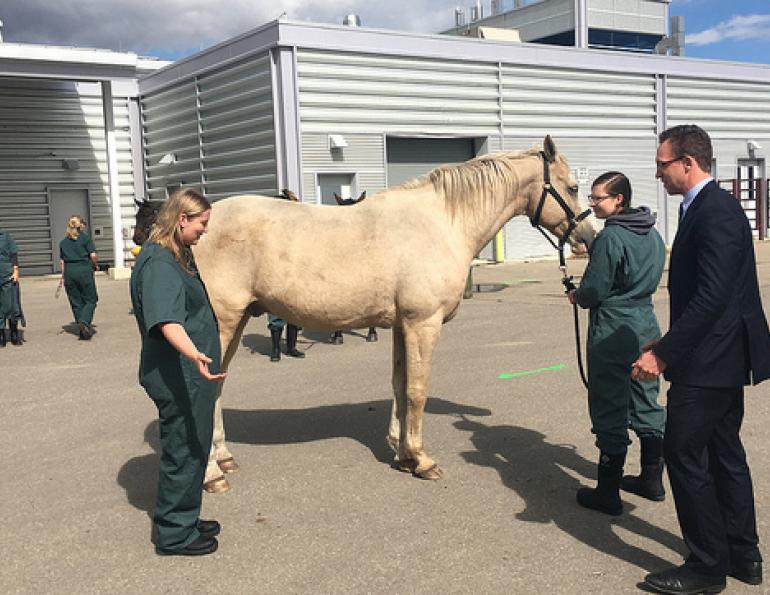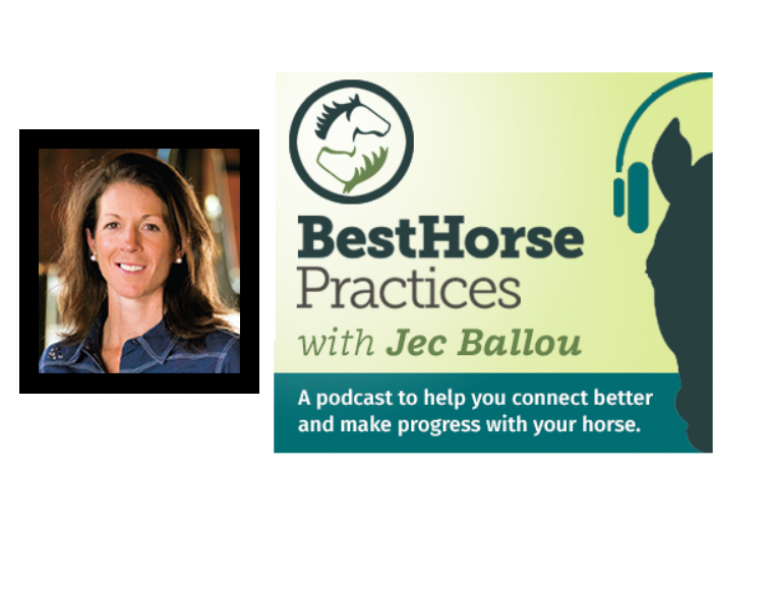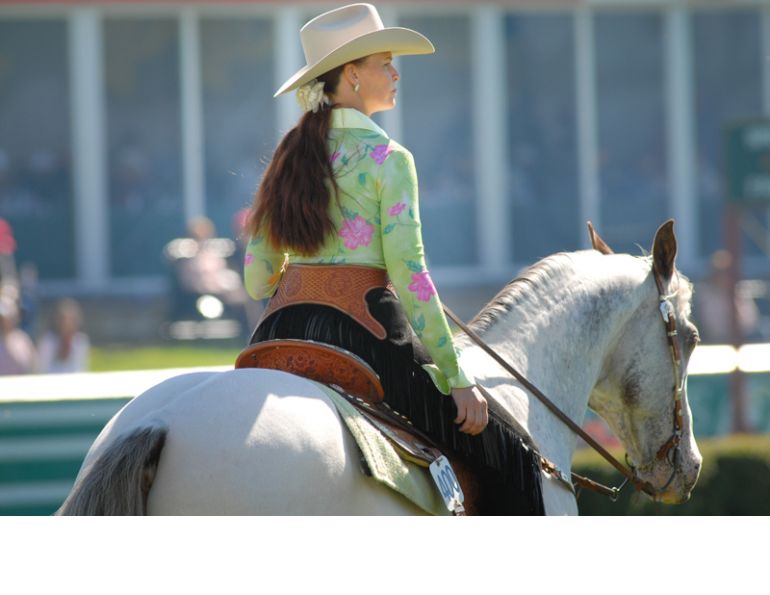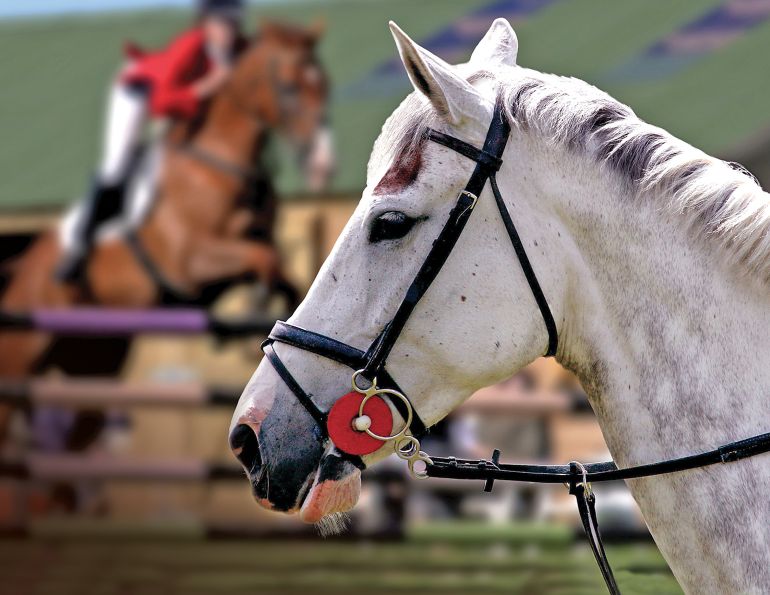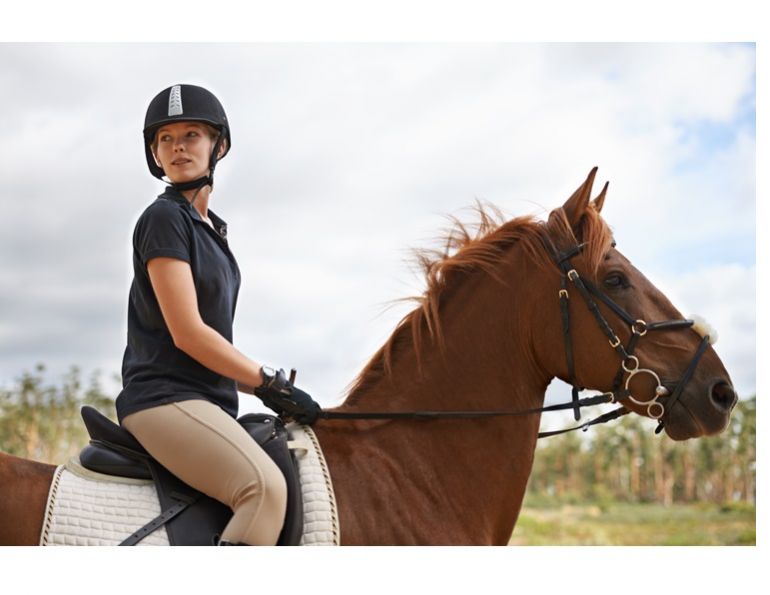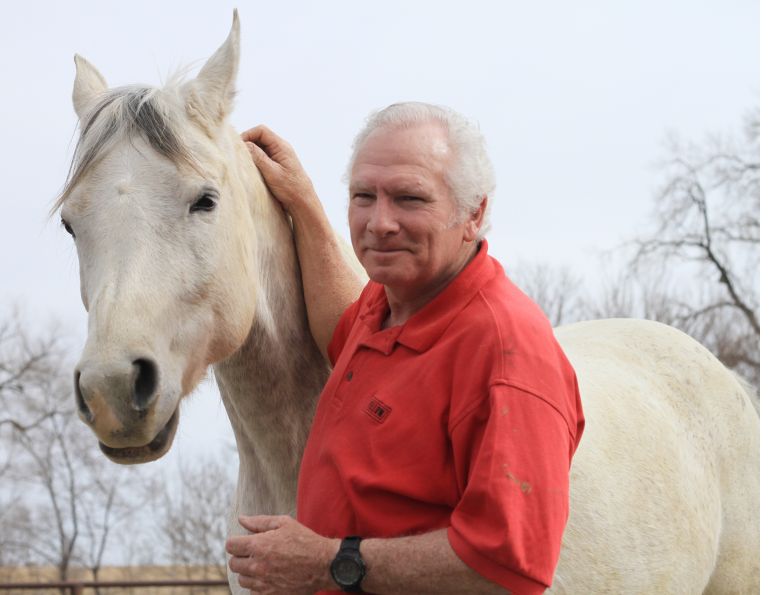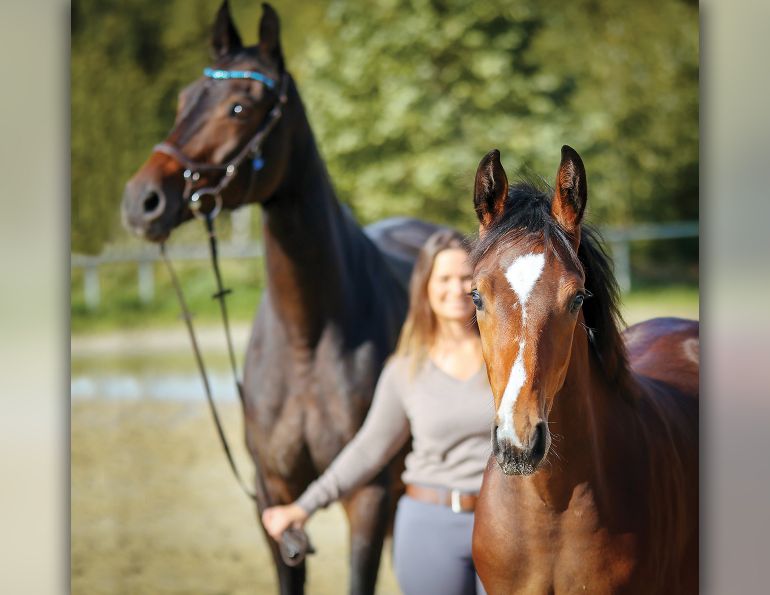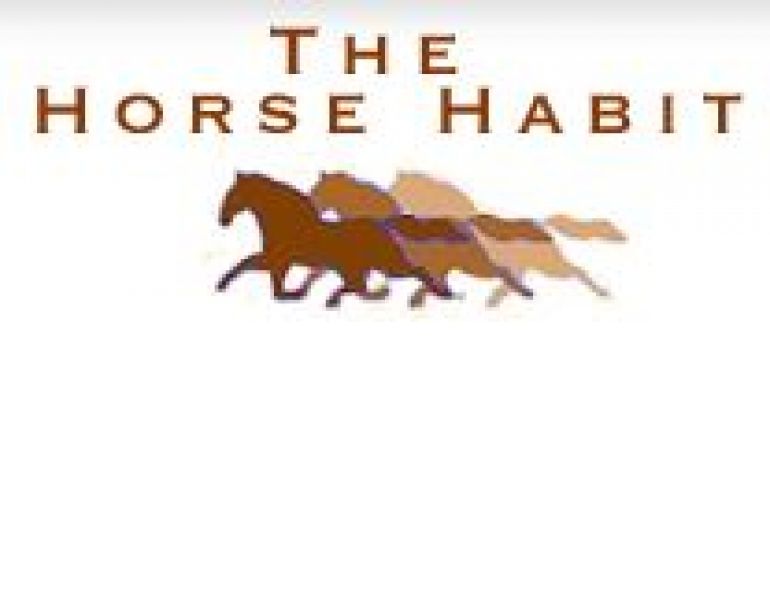Tuning In To Your Internal State
By Annika McGivern, MSc, Sport and Exercise Psychology
All riders are familiar with the joy and challenge associated with mastering the dance of connection and communication between horse and rider. However, fewer riders are familiar with the role which regulating our nervous system plays in this intricate ballet. We can all picture the ideal of equestrian connection and communication: seamlessly guiding our mount with subtle cues, both attuned to each other’s energy and intention, lightness and ease exuding from every step. We can likely also picture the many obstacles that get in the way of achieving this ideal, such as fear, tension, frustration, and confusion.
Achieving such a level of harmony requires more than just physical skill; it demands that we tune in to what’s happening within us, and how that internal state impacts the horse. In this article, we will look at the fascinating impact of nervous system regulation on horse and rider communication, exploring why mastering this skill is not only beneficial but essential for riders seeking to enhance their bond with their equine partners, manage their own stress and fear, and achieve peak performance.
What is Nervous System Regulation?
Let’s start with understanding the nervous system. The autonomic nervous system (ANS) governs our physiological responses to stress and relaxation. This system has two branches. When we feel safe, the parasympathetic branch directs our thinking and behaviour. When faced with fear or stress the sympathetic branch takes over and triggers the “fight or flight” response, designed to help us survive in the face of a threat.
Related: Equestrian Guilt and How to Manage It
To self-regulate our nervous system simply means to practice being aware of whether you are in a parasympathetic (regulated) state, or a sympathetic (dysregulated) state, and to intentionally use tools and techniques to maintain, or bring yourself back into, a parasympathetic state when needed. The knowledge of how to do this and the practical application of these skills is the process of self-regulating the nervous system.

Taking a few moments to check in with yourself before catching your horse will help to create a safer and more positive experience for both of you. Photo: Shutterstock/Rolf Dannenberg
Problems Created by a Dysregulated Nervous System While Riding
Due to the dynamic and risky nature of equestrian sport, riders commonly experience the physical symptoms of an activated fight-or-flight response: tension, increased heart rate, anxiety, feeling frozen, struggling to think clearly or make decisions, and/or shaking. When we get stuck here and are unable to bring ourselves back to calm, our nervous system is dysregulated. A dysregulated nervous system can lead to heightened emotions and a breakdown in communication between horse and rider. Here are some examples of how a dysregulated nervous system can interfere with communication and effectiveness in the saddle.
Related: Burnout in the Horse Industry
Related: How to Build High Performance Belief Systems for Equestrian Athletes
1. Interpreting what’s happening in an emotional rather than logical way. For example, a rider in fight-or-flight is more likely to assume their horse is intentionally ignoring them and respond with frustration, rather than become curious about why the horse isn’t responding and attempt to problem solve. This can create unnecessary negative experiences while riding.
2. Unclear signals to the horse. A dysregulated nervous system creates tension which muddies the precision of our aides. For example, a rider in fight-or-flight may be unintentionally telling the horse to slow down without meaning to. The rider may experience this as resistance from the horse when in fact the issue is coming from the rider.
3. Heightened fear and nerves. A dysregulated nervous system starts to anticipate danger everywhere and can respond disproportionally to what’s happening. For example, a rider in fight-or-flight may feel their horse is taking off with them or is out of control, when in fact they still have control, and the horse is not moving as quickly as they think it is.
Benefits of a Regulated Nervous System While Riding
When in our parasympathetic or “calm” nervous system we experience a host of benefits including clearer thinking, better decision-making, enhanced empathy, open-mindedness, easier access to positive emotions, and even better memory. As a result, a rider who can skilfully regulate their own nervous system and bring themselves back to a parasympathetic state will experience the following benefits:
1. Improved emotional consistency. In other words, you’ll be able to stay in a calmer, more positive and open-minded place emotionally, even during challenging rides.
2. Self-regulation helps you stay in, or come back to, the calm and grounded state of your para-sympathetic nervous system. This means you will be able to transmit cues to your horse with greater awareness, precision, and clarity. You will also have an enhanced ability to read and respond to the horse’s signals accurately and compassionately.
Related: Breathe Right for Better Horse Riding
3. Accurately assessing risk. Being able to self-regulate allows us to better assess risk and understand when we are in danger vs experiencing a challenging moment. We are able to think more clearly and apply our knowledge and skills according to what’s happening to us.

The heightened emotions and anxiety of a dysregulated nervous system can create tension leading to frustration and a communication breakdown between rider and horse. Photo: Shutterstock/Rolf Dannenberg
How and When to Regulate Your Nervous System
These tools are useful while riding, but I also encourage you to consider the value of taking a moment to regulate yourself before you enter your horse’s space. This might be before you get out of the car at the barn, or in the barn before you get your horse from her paddock. This small step can help set the tone for your ride and ensure you aren’t starting from a place of fight or flight because of a stressful day.
1. Breathing exercises. A breathing exercise is simply breathing in an intentional and focused manner for a short period of time. Try this simple breathing exercise to get started.
- Breathe in through your nose for a count of four. Let the air come into your lungs slowly and imagine your rib cage expanding forwards and backwards as your lungs fill.
- Hold your breath for a count of two.
- Exhale through pursed lips (like you’re blowing out candles on a cake) for a count of six. Imagine your ribs contracting and pushing the air out. Allow every drop of air to leave your lungs.
- Repeat five to ten times.
2. Visualisation. Check in with what you’re picturing inside your head. Are you creating an internal movie of the worst-case scenario? This will trigger your fight or flight response because you are anticipating a threat or a problem. Instead, work on creating an internal movie of what you want to have happen and challenge yourself to consider the best-case scenario. We are always more capable than we think. If you find yourself struggling to shift your focus, ask yourself questions to help prompt a new line of thought. For example: What do I want to accomplish right now and how can I make that happen? or, How can I make this just a little bit better?
Related: Developing Your Cool Ride During Horse Competition
3. Slow down. After a sudden stressful event (for example, the barn cat leaps unexpectedly from the arena window) both your nervous system and that of your horse need a minute to allow the ripple (or wave) of reactive stress to settle and pass. We often make the mistake of rushing forward instead of taking a breath and allowing both ourselves and our horse some time to regulate before moving on. Take a couple of breaths, visualise what you want to do next, and check in with your horse for signs of calmness before moving on.

After an unexpected stressful event, slow down and tune in to yourself and your horse to ensure that both of you are calm before going forward again. Photo: Shutterstock/Nicole Ciscato
Below are three examples of self-regulation techniques, but keep in mind that there are many more. In essence, self-regulation is helping yourself connect to the present moment and feel safe, so feel free to be creative about how you achieve that. I have clients who hum tunes in difficult moments, speak out loud to the horse about what they’re going to do next, and repeat key phrases to remind themselves how capable they are. All these techniques help these riders connect to the present moment and feel safer and more grounded while they are riding.
Taking Responsibility for Our Internal State
One final thought: I believe we owe it to our horses to become more skilful at self-regulation. Horses have a positive regulating effect on our nervous systems. Most riders will have noticed they feel calmer, more grounded, and more present around their horses. This is due to an almost magical phenomenon called coregulation in which two nervous systems close to one another are influenced by each other. However, coregulation works both ways and it’s important to remember that our horses are also influenced by our internal state. By taking responsibility for our internal state, we create a calmer, more positive, safer experience for our horses, and make it easier for them to be around us.
As always, I encourage you to think about what you found interesting in this article and turn it into action. What aspect of nervous system regulation will you start to pay attention to and practice in your next ride? If you want to improve connection, confidence, and communication in your riding then make this your next step.
Related: How Horses and Humans Learn, Adapt, and Grow
Related: Practicing Emotional Resilience for a Better Horse Ride
Related: How to Make Horse Shows Fun Again
Main Photo: iStock/AnnaElizabeth Photography




